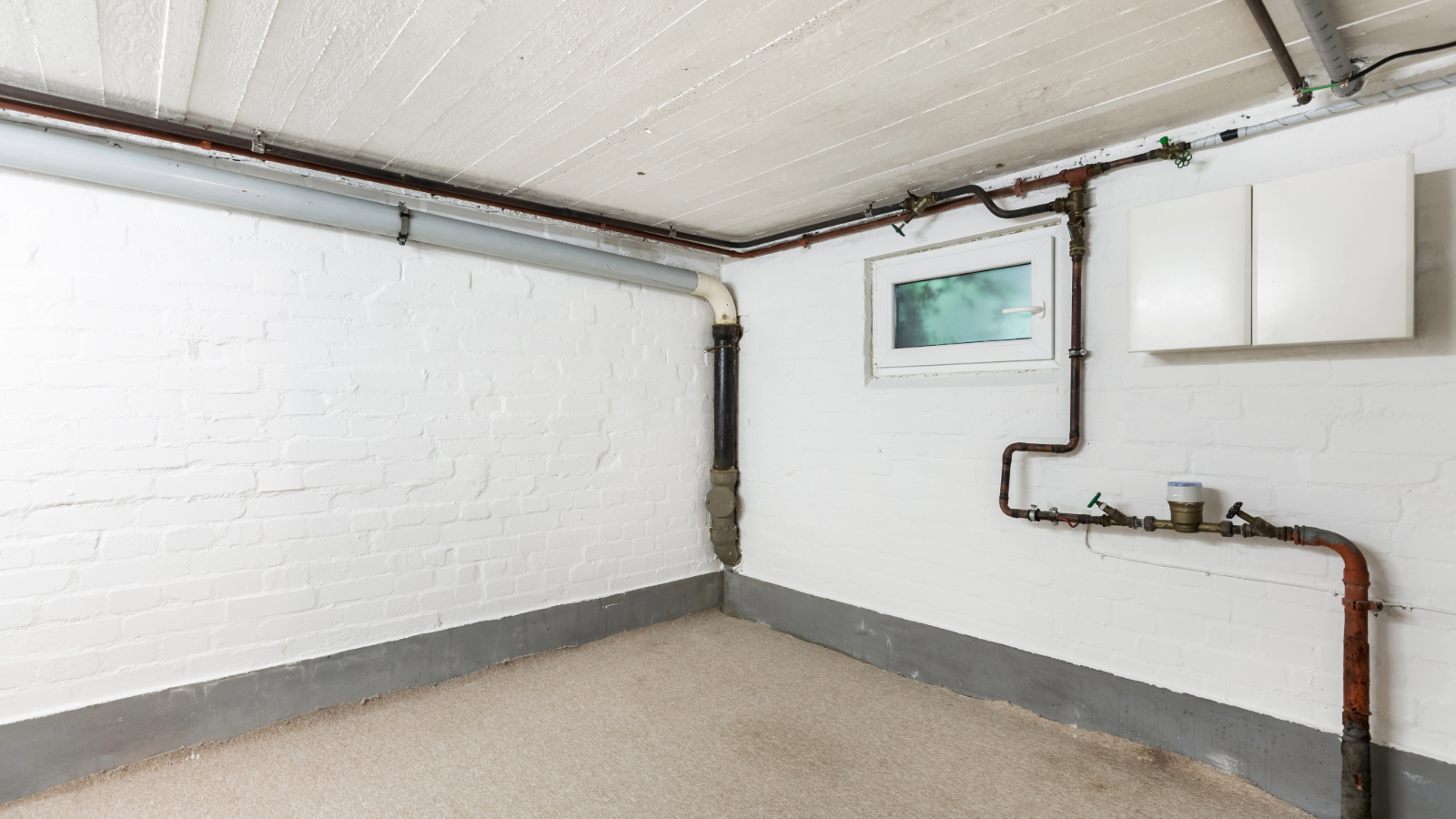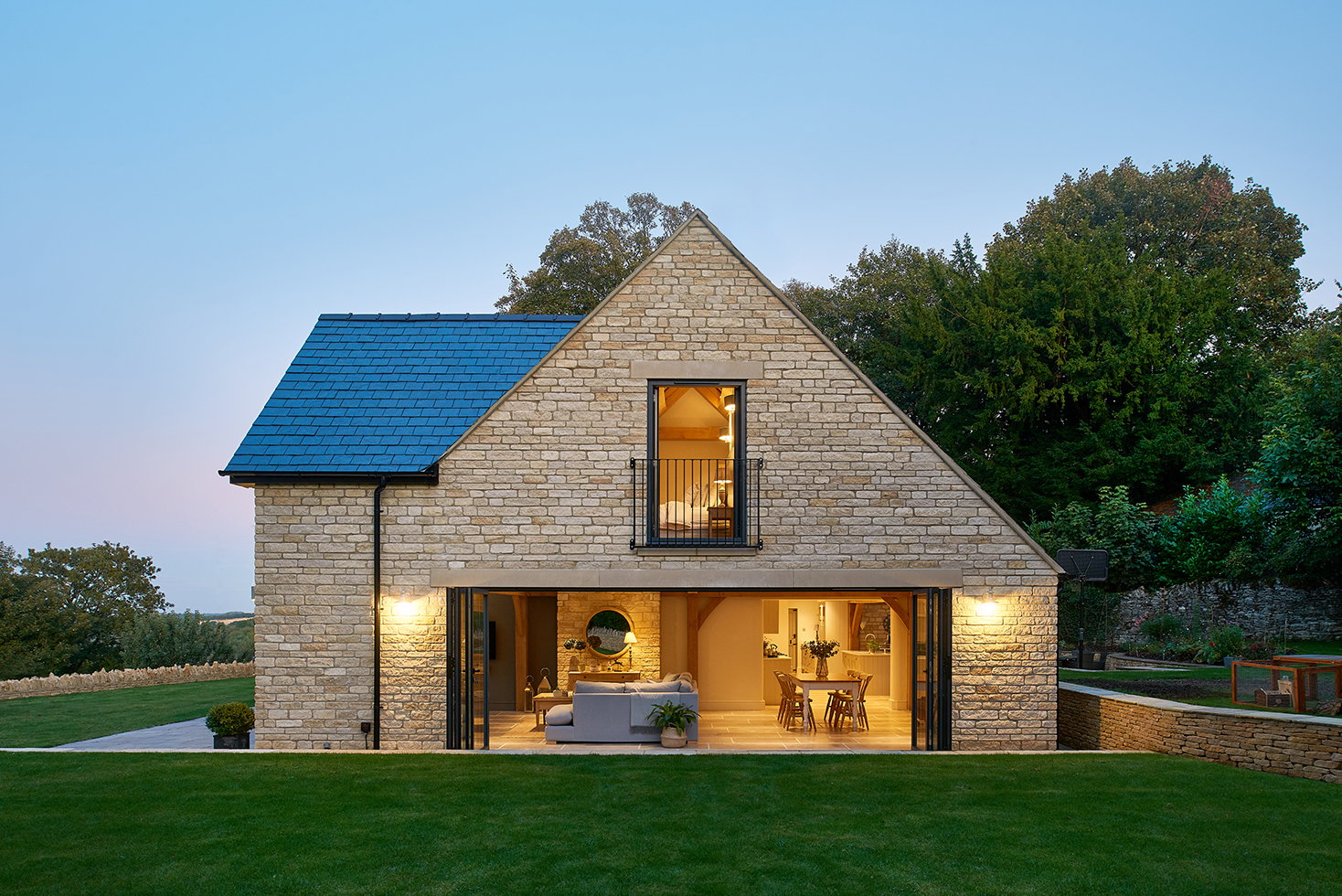
Bungalow loft conversions have become more and more popular in recent years as homeowners realise that converting a bungalow to incorporate another storey or rooms in the roof space is actually relatively simple.
Adding an extra bedroom, home office space or hobby room to a bungalow is a great way to increase its value as well as make it a much more spacious and family-friendly type of property. Most bungalows have plenty of headroom and readily lend themselves to the addition of stairs and roof windows.
The average bungalow in Britain has heaps of potential and better still, it’s often possible to add extra loft rooms for a budget price.
Do Bungalow Loft Conversions Require Planning Permission?
Most bungalow loft conversions won’t require planning permission and will instead fall under Permitted Development (PD) providing they meet some key conditions.
If your loft conversion design doesn’t comply, then you will need to submit a planning application. This will also be the case if your bungalow is in a Conservation Areas, Area of Outstanding Natural Beauty or National Park.
One potential restriction on PD bungalow conversions is the total volume that’s allowed for new additions such as dormer windows or hip-to-gable conversions which must not exceed 50m3 (or 40m3 for terraces).
However this refers to new space added to the existing loft, so unless you’re sticking something the size of a blue whale on your roof it shouldn’t be an issue (although any previous roof extensions count towards this limit).
Bring your dream home to life with expert advice, how to guides and design inspiration. Sign up for our newsletter and get two free tickets to a Homebuilding & Renovating Show near you.
The other planning permission rules to be aware of are:
- You’re not allowed to raise the height of the roof
- On the main elevation facing the highway (normally the front) you’re not allowed to construct dormers or anything that projects out from the roof, although you can install roof windows
- Any dormers or other roof extensions should be set back minimum 200mm from the original eaves
- Any new side-facing windows must be obscure-glazed and the opening casements must be at least 1700mm above the floor. This is especially important in homes where with a gable wall facing the front because all roof windows will be side facing
- No balconies or raised platforms are permitted
- Materials must be similar in appearance to the existing bungalow
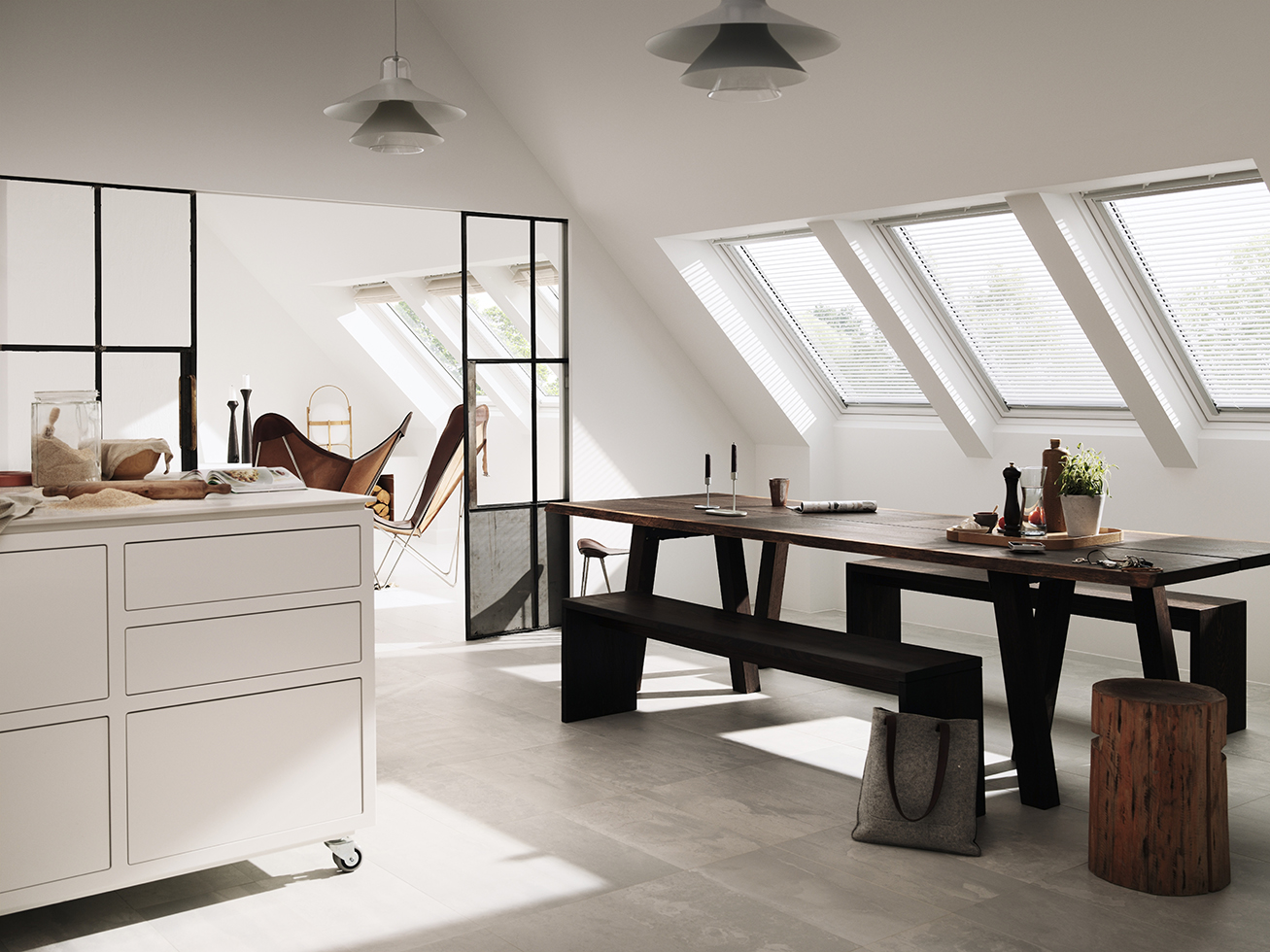
Even where a design ticks all the right boxes it’s still advisable to check with your Local Planning Authority before starting work because in some cases PD rights might have been removed.
This could be because the original planning permission when the bungalow was built had a condition preventing further enlargement. Or the council may have imposed an Article 4 Direction on the local area withdrawing PD rights.
(MORE: A Guide to Building in Designated Areas)

Bungalow Loft Conversion Costs
One of the big attractions of converting a bungalow to incorporate another storey is that the loft conversion costs are generally lower than for conversions in equivalent houses.
In many cases, only a single lift of scaffolding is required, and not having to pay for extensive fire protection measures is also a bonus.
But the biggest savings are likely to arise where you’ve already got a very spacious loft which doesn’t require the addition of bulky dormer windows, just some rooflights fitted flush with the roof.
This sort of simple conversion would be likely to cost around £20k to £25k for a straightforward double bedroom design.
Adding large dormer windows and an en suite bathroom can raise the total to around £40k. Most expensive of all, a full rebuild with a totally new roof could set you back as much as £65k.
Much of course depends on the specification and the desired quality of fittings and finishes.
These sums also assume that the existing foundations are sufficient with no requirement for further foundations or structural support.
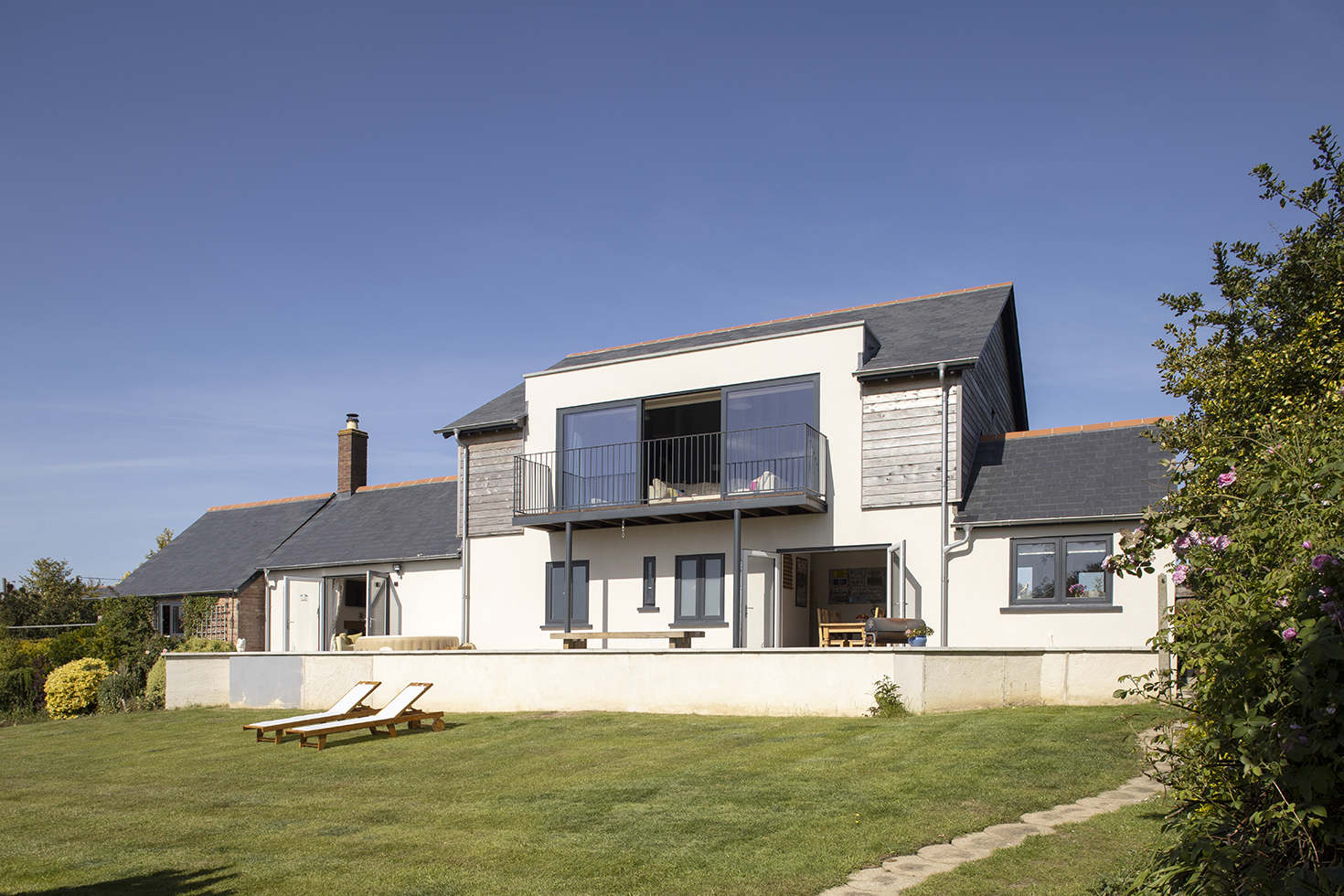
How Long Will a Bungalow Loft Conversion Take?
In terms of loft conversion timescales, a typical bungalow loft conversion can be expected to take about six to eight weeks, although where a planning application is required or Party Wall Agreements have to be factored in you will need to add at least another couple of months to the overall programme.
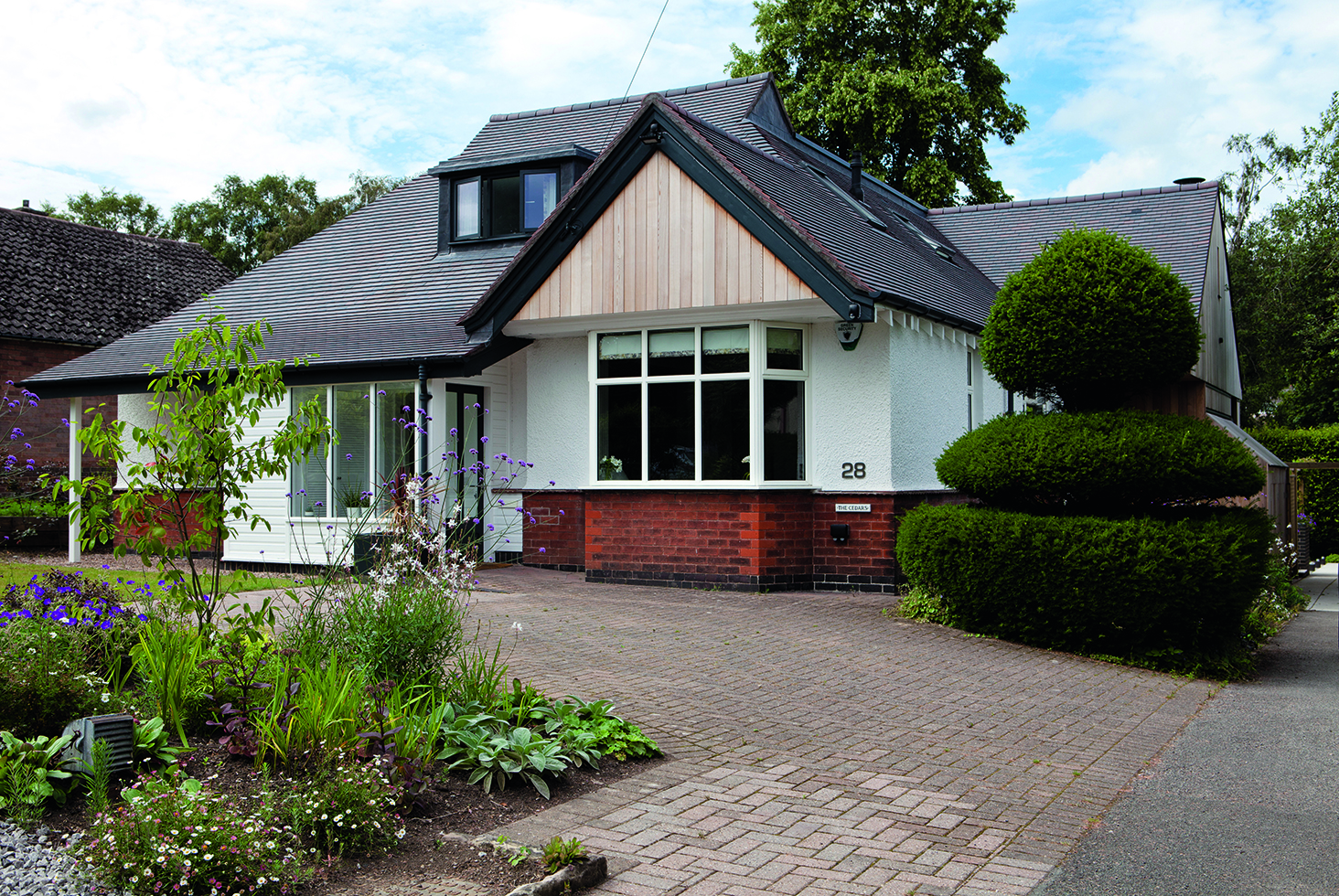
Can I Convert My Bungalow Loft?
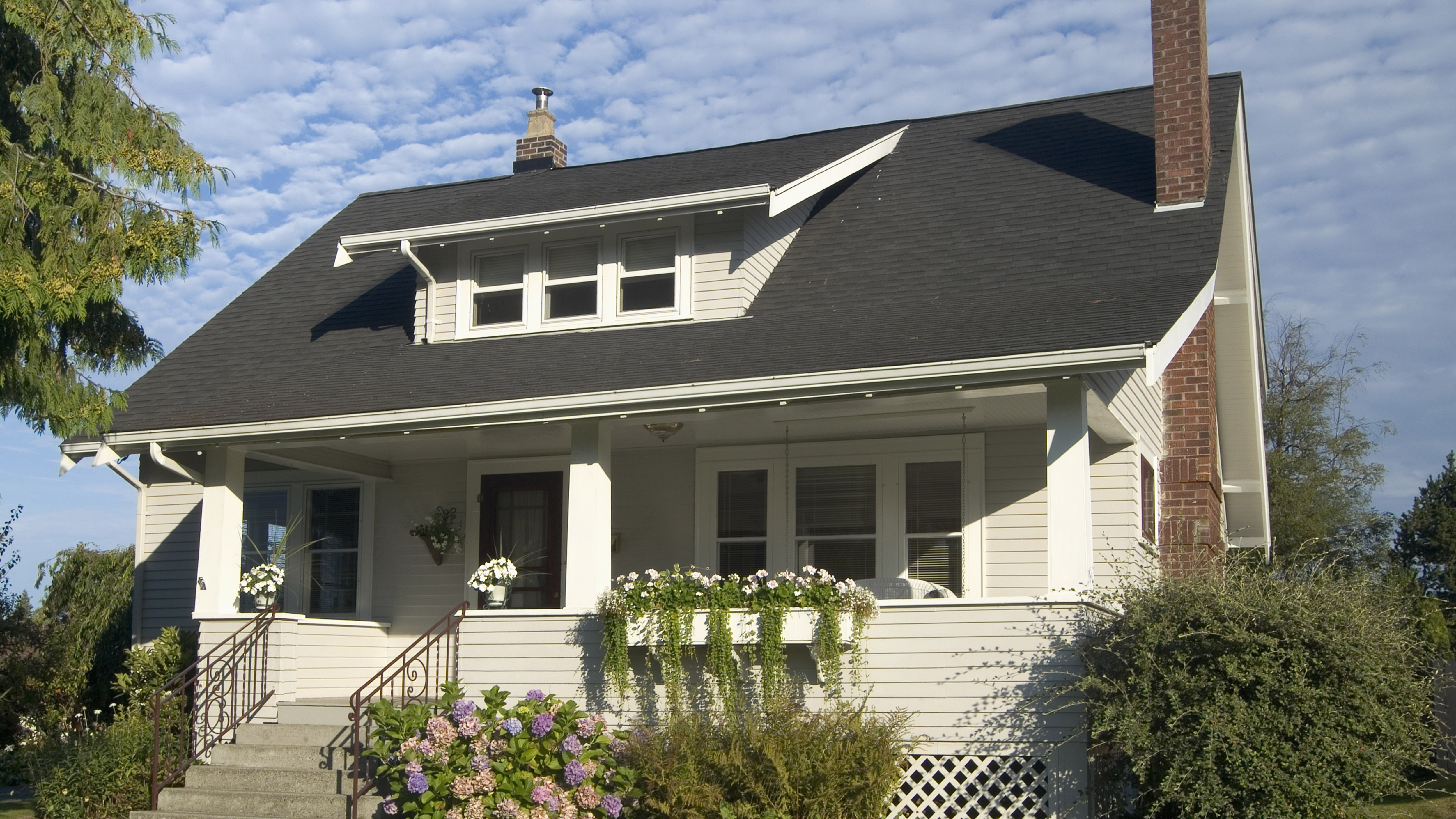
You typically need a minimum 2.5 metre clear space under the ridge to convert a loft
Wondering whether your loft is suitable for conversion? A key test is whether you can comfortably stand up and wave your arms around.
Some bungalows were built with shallow roofs which can make conversion unfeasible.
Here are two possible ways round the problem:
Add new ceilings
First, it may be possible to ‘borrow’ some spare headroom from the existing ground floor rooms if the ceiling heights are particularly generous.
This involves demolishing and rebuilding new ceilings at a lower level to form the new loft floor
Rebuild the roof
So an alternative solution may be to take the bull by the horns and completely rebuild the roof at a steeper pitch.
Raising the height of the roof will however require planning permission and tends to be contentious, even with detached bungalows.
It’s also the most expensive option although the likely superior quality of the end result can often justify the higher costs.
If you do opt for this approach then it might be worth going the whole hog and re-designing the bungalow as a house.
In other words, extending the existing walls by an extra storey with a new roof constructed on top.
Designs of this type often employ lightweight timber frame or structural insulated panel construction. And recent changes to PD mean there should now be a better chance of getting planning consent for extra storeys.
Reinforcing Floor Joists
Probably the biggest question at the design stage is how to support the new floor, which will depend on the type of construction.
Most bungalows built up until the late 1960s had traditional ‘cut timber’ roof structures supported partially by internal load-bearing walls.
These were later superseded by modern prefabricated roof trusses spanning across the main walls without any intermediate support.
Whilst load-bearing internal walls can potentially be utilised for supporting new floor joists, the plain fact is, foundations in all types of bungalows were not designed to support additional loft rooms.
So a structural engineer will need to provide calculations at the design stage to confirm how the new loadings can be safely accommodated. In some cases this might require investigations with trial pits excavated to confirm the adequacy of the foundations.
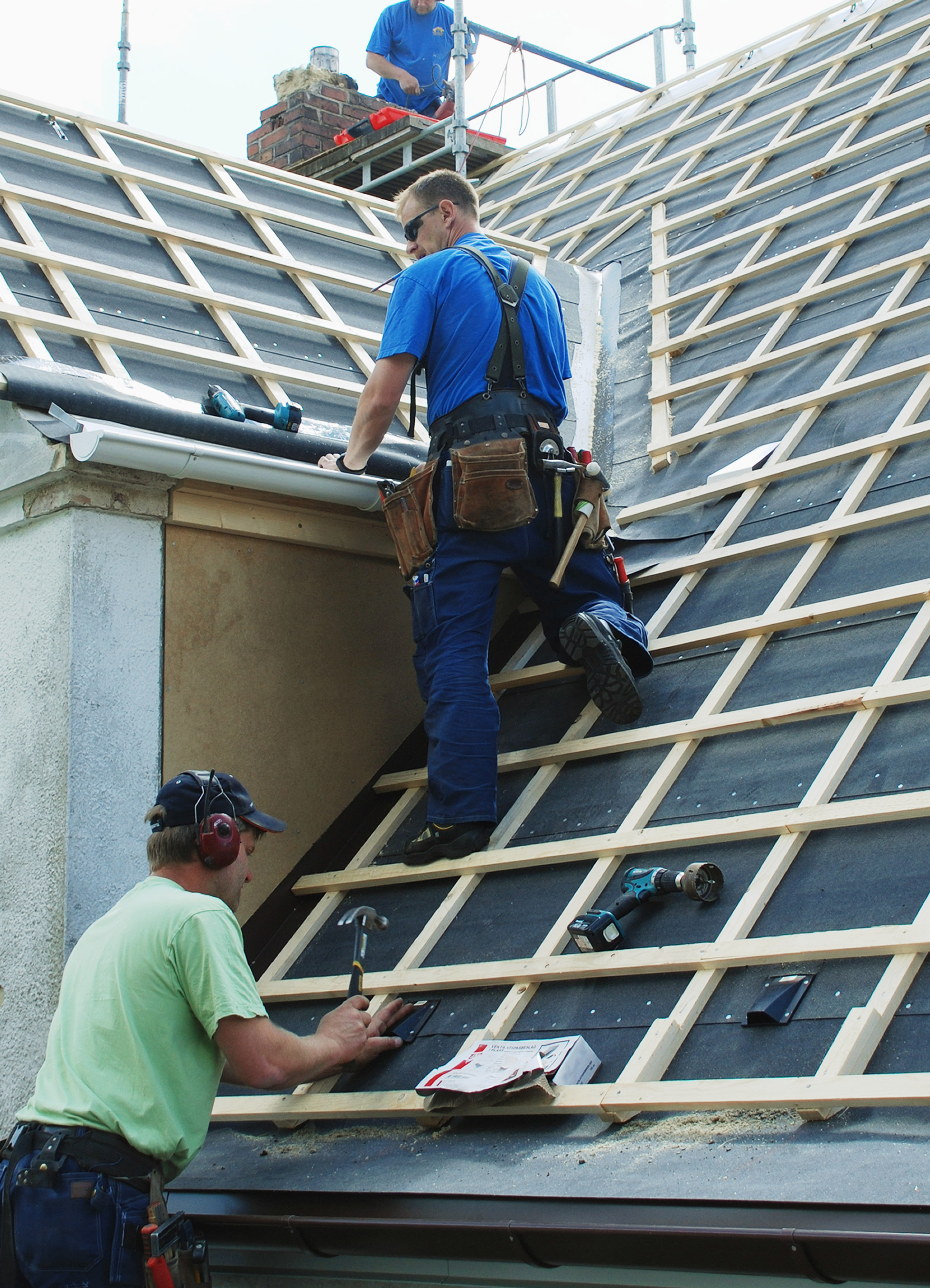
In a typical conversion, new floor joists are placed alongside the existing ceiling joists in the loft and are supported each end by large steel beams positioned close to the eaves. The correct size of joists and steels must be determined by a structural engineer.
In recent years a simpler solution has been developed which entirely dispenses with the need for manoeuvring enormously heavy steel beams in confined spaces and cutting into party walls.
Instead a series of lightweight telescopic aluminium joists are placed alongside the existing ceiling joists.
Known as Telebeams these also have the advantage of being able to provide support to modified roof structures without disturbing party walls.
(MORE: What you Need to Know About the Party Wall Act)
Chartered surveyor Ian Rock MRICS is a director is Rightsurvey.co.uk and the author of eight popular Haynes House Manuals, including the Home Extension Manual, the Self Build Manual and Period Property Manual.
Ian is also the founder of Zennor Consultants. In addition to providing house surveys, Zennor Consultants provide professional guidance on property refurbishment and maintenance as well as advising on the design and construction of home extensions and loft conversions, including planning and Building Regulations compliance.
Ian has recently added a 100m2 extension to his home; he designed and project managed the build and completed much of the interior fit-out on a DIY basis.

